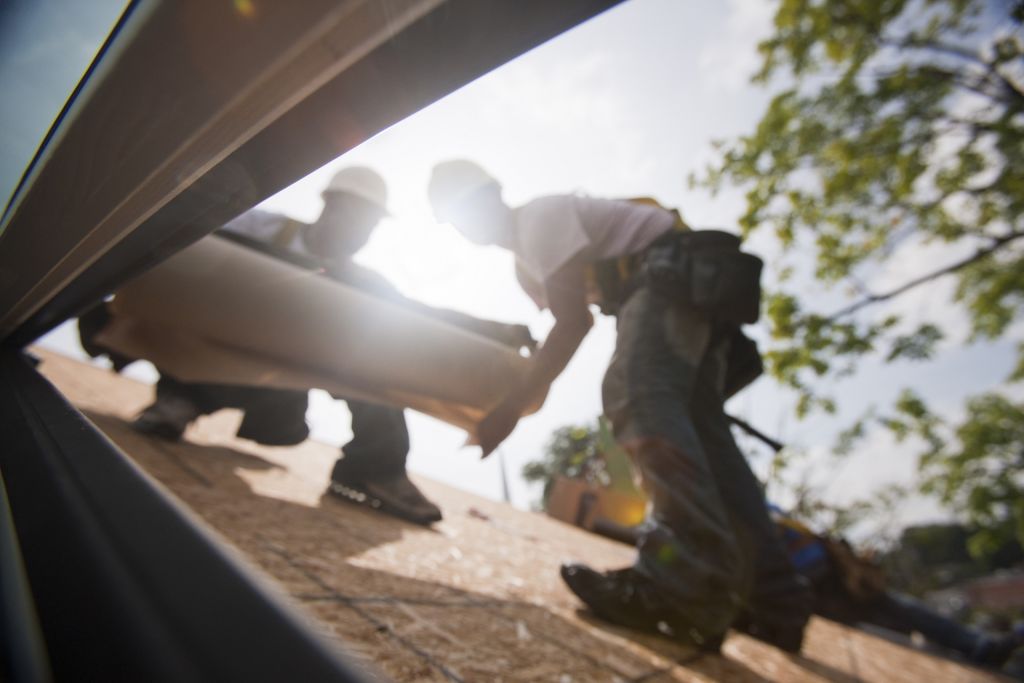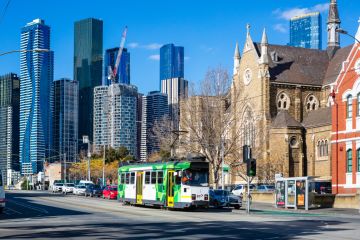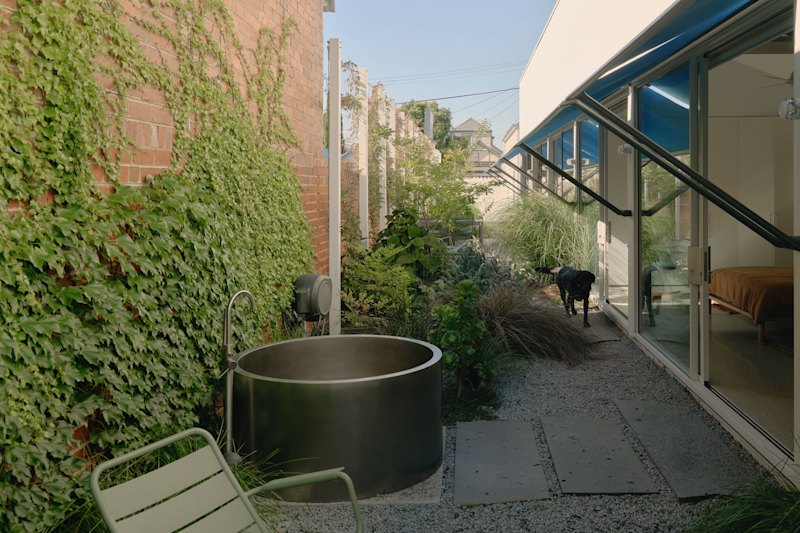Are we building enough homes in Australia?

Mind the gap
More than 180,000 new homes have been planned and approved this year, which is up from the national average of 150,000. It’s not enough, says Dr Wilson, particularly with the need for more medium-density dwellings in the inner-city suburbs.
He says that as the mining boom grinds to a slow stop, many people are looking to the housing sector to fill in the gap, and the demand for new housing is definitely strong.
According to the Digital Finance Analytics (DFA) household survey, there will be demand for more than 900,000 new residential properties over the next three years. At current rates, that will leave a gap of more than 360,000 properties.
What do we want?
According to the DFA, about 15 per cent of households said they may buy a newly built dwelling over the next three years. The strongest consideration, based on affordability, is being given to property on the urban fringe followed by outer metropolitan suburbs and inner-city suburbs. However, not everyone wants the same type of property.
First-time buyers would like to purchase closer to the city but affordability is pushing them on to the fringe. There is a new trend emerging for first timers to go straight to an investment property they can afford, rather than an owner-occupied property they can’t, as a way of building equity. For those seeking to invest or to downsize, the highest demand is for units and terraced properties, preferably close to the inner-city suburbs.
Dr Wilson puts this down to infrastructure, particularly access to entertainment, dining and recreation facilities, which are scarce in outer areas. He suggests that supply of inner-city suburban units is significantly under the demand, and that Australia will see a rapid change of inner-city suburbs from single-dwelling plots to medium-density units over the next few years.
Dr Wilson says that this is clearly evident in Sydney, where transport corridors and the inner suburbs are sprouting apartment blocks by the thousands. Melbourne’s transition appears to be slower because of the tension between the demand for medium-density housing and the resistance of current residents seeing their ‘leafy suburbs’ developed. He suggests that this tension may ease as the declining baby boomer generation looks to downsize while remaining in their current suburbs.
“We still see Australians have an emotional attachment to the ‘quarter-acre block’ not seen in other developed countries, where apartment living is considered normal. It will be interesting to see how this develops over time,” says Dr Wilson.
So what’s holding us back?
Unfortunately, current construction rates may not be maintained, let alone increased. The Housing Industry Association says that new approvals peaked in early 2014 and estimate there will be a 4.7 per cent decline over the next two years.
With high demand, low interest rates and the RBA giving firm indications that they will remain low, it would be reasonable to expect that residential construction would be going through the roof instead of peaking, so why isn’t it? This is where it gets a little more complicated.
Dr Wilson says that demand for new houses doesn’t necessarily match either the industry’s ability to provide them or the consumer’s ability to pay. Partly this is because of a skills shortage, with the Property Council of Australia estimating a shortfall of approximately 45,000 workers.
The downturn in housing construction following the global financial crisis saw many construction workers leave the industry to take up resource sector jobs, and created a reduction in new apprenticeships being offered. It is hoped that many of those workers will be returning from the mining sector to the construction industry, but this won’t solve the issue of a shortfall of new entrants.
Additionally, the sluggish economy and high unemployment are reducing people’s ability to borrow, despite low interest rates, and many would-be purchasers are choosing to remain living with their parents or in rental accommodation rather than risk an unsustainable debt. Undersupply also forces housing prices up, which inhibits both first-home buyers and investors (the DFA calculates that first timers went from 27 per cent of purchasers in 2010 to just 8 per cent in 2013).
Also inhibiting development are the usual problems of slow land release, red tape, green tape, stamp duty, land rezoning and the high cost of construction in Australia.
While urban fringe development is still strong, driven largely by affordability or first-home buyers, the greatest unmet demand seems to be for higher-density apartment living in inner-city suburbs.
We recommend
States
Capital Cities
Capital Cities - Rentals
Popular Areas
Allhomes
More







